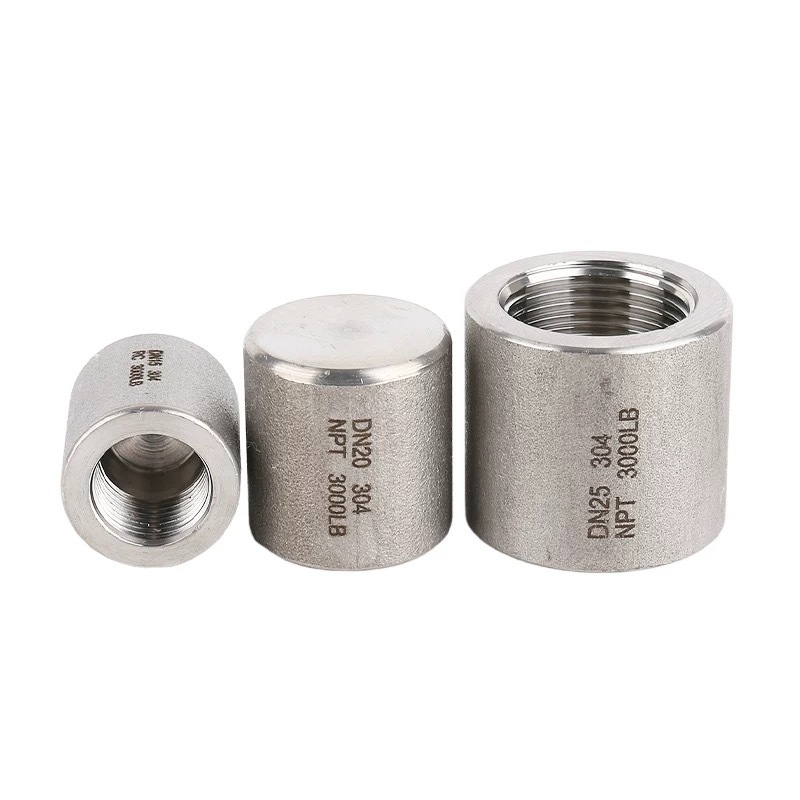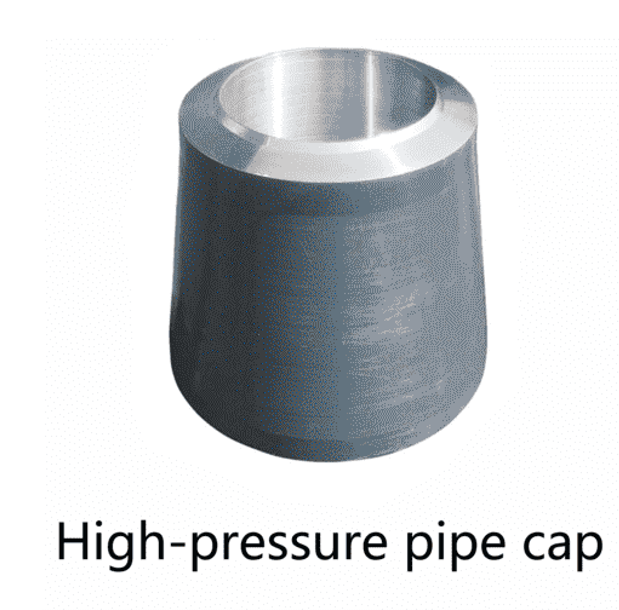Contact Us
Tel:
E-mail:
Address:
Industrial Park, Yanshan County, Hebei Province

Polyurethane insulation pipe fittings
- Product description
-
Key points for installation of polyurethane insulation pipe fittings
1. Preparation work:
Confirm pipeline size and shape: Before installation, it is necessary to carefully confirm the size, shape, and interface of the pipeline to ensure that the selected polyurethane insulation fittings match the pipeline.
Material preparation: Prepare the required polyurethane insulation materials, special adhesives, anti-corrosion coatings, etc., and ensure that the quality of these materials meets the standards.
Tool preparation: Prepare cutting tools, welding equipment, fixing tools, and other necessary tools for installation, and ensure that they are in good working condition.
2. Pipeline cleaning and gluing:
Cleaning the pipeline: Before installation, it is necessary to clean the surface of the pipeline to ensure that it is clean and dust-free, so as not to affect the insulation effect and bonding strength.
Glue application: Apply specialized glue evenly on the surface of the pipeline, taking care not to miss or reapply the glue evenly. The function of glue is to improve the adhesion between insulation materials and pipelines, ensuring the insulation effect.
3. Installation of insulation materials:
Cutting insulation material: According to the size and shape of the pipeline, use cutting tools to cut the polyurethane insulation material into the appropriate size and shape.
Paste and package: Paste the cut insulation material on the surface of the pipeline to ensure that the material is flat and tight, avoiding gaps. Then use specific materials and methods for wrapping to ensure the integrity and insulation effect of the pipeline.
Fixed insulation material: Use specific tools and methods to fix the insulation material to prevent it from falling off or shifting. When fixing, attention should be paid to uniform force to avoid damaging insulation materials or pipelines.
4. Interface processing:
Welding interface: For the interface that needs to be welded, a dedicated welding machine should be used for welding to ensure that the welding is firm. During the welding process, attention should be paid to controlling the welding temperature and time to avoid damage to the insulation material.
Joint insulation: For joints, specialized insulation treatment is required. On site foaming construction or insulation brick construction can be used for joint insulation to ensure that the insulation effect at the joint is consistent with the overall pipeline.
5. Inspection and repair:
Check insulation effect: After installation, it is necessary to inspect the insulation effect of the pipeline. During the inspection process, it is necessary to pay attention to whether the insulation layer is flat, tight without gaps, and whether the joints are welded firmly and the insulation treatment is in place.
Rectification and improvement: For problems discovered during the inspection process, timely rectification and improvement are necessary. For example, polishing uneven insulation layers, and repairing glue that has been missed or reapplied.
6. Safety precautions:
During the installation process, attention should be paid to construction safety. Comply with relevant safety regulations and operating procedures, and wear protective equipment such as safety helmets, gloves, etc. Avoid accidents such as electric shock, fire, etc.
7. Other precautions:
During the installation process, attention should be paid to the dryness and cleanliness of the construction environment to avoid debris and dust entering the interior of the pipeline and affecting the insulation effect.
After installation, it is necessary to label and record the pipeline for subsequent maintenance and management.What are the types of polyurethane insulation pipe fittings
1. Classified by the temperature of the conveying medium
Room temperature polyurethane insulation pipe fittings: suitable for conveying room temperature media, such as general water supply, drainage and other systems.
High temperature polyurethane insulation pipe fittings: capable of withstanding high temperatures, usually used for transporting high-temperature hot water, steam and other media, such as thermal pipeline systems.
Low temperature polyurethane insulation pipe fittings: used for transporting low-temperature media such as liquid nitrogen, liquefied natural gas, etc., with good insulation performance in low-temperature environments.
2. Classified by outer protective layer material
Fiberglass outer protective layer polyurethane insulation pipe fittings: The outer protective layer is made of fiberglass material, which has the characteristics of corrosion resistance and good weather resistance, and is suitable for environments with strong corrosiveness.
High density polyethylene outer protective layer polyurethane insulation pipe fittings: The outer protective layer is made of high-density polyethylene (HDPE) material, which has good waterproof and moisture-proof properties, and the price is relatively economical.
Steel outer protective layer polyurethane insulation pipe fittings: The outer protective layer is made of steel, which has high strength and pressure bearing capacity, and is suitable for high-pressure and large-diameter pipeline systems.
3. Classified by conveying medium
In addition to the temperature and outer protective layer classification mentioned above, polyurethane insulation fittings can also be classified according to different conveying media, such as:
Polyurethane insulation fittings for water supply: specifically designed for insulation in urban water supply systems.
Polyurethane insulation fittings for steam transportation: used for insulation of steam pipelines to ensure stable temperature of steam during transportation.
Polyurethane insulation fittings for petroleum: used in petroleum transportation pipelines to prevent the solidification of petroleum due to temperature drop during transportation.
4. Other classification methods
In addition, polyurethane insulation fittings can also be classified according to other methods, such as:
Prefabricated direct buried polyurethane insulation pipe fittings: These pipe fittings are pre made and can be directly buried underground, reducing on-site installation workload.
Overhead polyurethane insulation pipe fittings: suitable for overhead pipeline systems, with unique structure and installation requirements.
5. Precautions
When selecting polyurethane insulation pipe fittings, comprehensive consideration should be given to specific engineering requirements, medium characteristics, environmental conditions, and other factors.
Different types of polyurethane insulation pipe fittings may have differences in performance, price, installation requirements, etc., so careful comparison and selection are needed.
During the installation process, it is necessary to strictly follow relevant specifications and standards to ensure installation quality and insulation effect.
Hot Tags:
Inquire Now
Note: Please leave your email address, our professionals will contact you as soon as possible!
RELATED PRODUCTS





